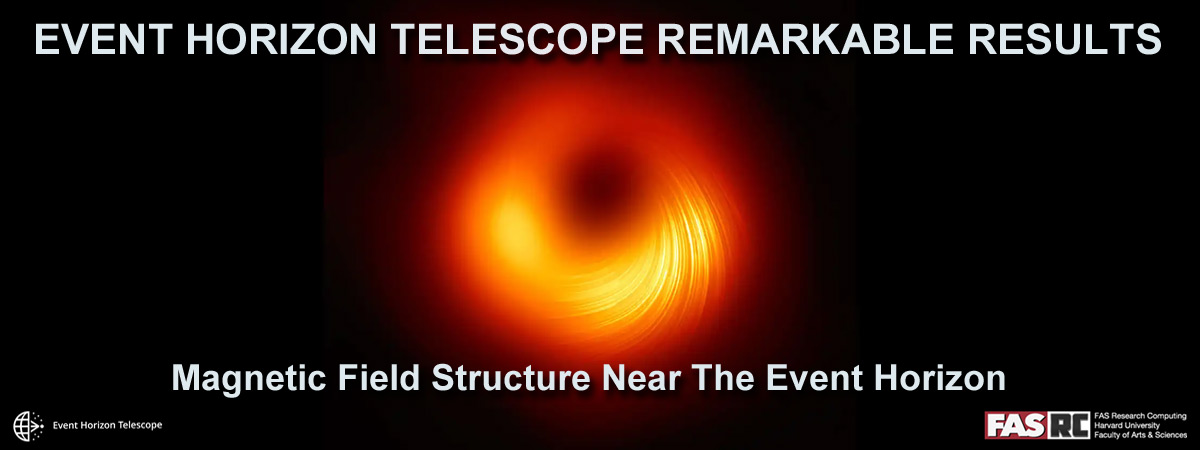 Research groups from every continent are developing next generation radio telescopes that exploit improvements in signal processing and antenna technologies to permit observations at radio wavelengths unprecedented in fidelity and scientific potential. Many of these new observatories are considered to be prototypes for the Square Kilometer Array; some have ambitious science goals of their own.
Research groups from every continent are developing next generation radio telescopes that exploit improvements in signal processing and antenna technologies to permit observations at radio wavelengths unprecedented in fidelity and scientific potential. Many of these new observatories are considered to be prototypes for the Square Kilometer Array; some have ambitious science goals of their own.
Harvard University, in collaboration with other institutions around the world is a major partner in the Murchison Widefield Array (MWA) -- a low frequency radio telescope intended to search for the spectral signature of the epoch of re--ionisation (EOR). Sited in Western Australia, the MWA comprises 8192 dipoles grouped into 512 tiles, capable of imaging the southern sky, from 80 MHz to 300 MHz with an instantaneous field of view that is tens of degrees wide (the moon is half a degree across).
Telescope development must be informed by detailed simulations of the radio sky. A unique feature of the MWA is its real-time operation. Radio interferometers typically record the signals collected by the constituent antennas and perform a complex signal processing task to recover an observation of the sky. The MWA is producing so much data, and is so remote, that recording the raw data products is not possible. The instrument must perform the complex signal processing and data reduction task in real time, with little or no human intervention.
FAS scientists are using both the odyssey and orgoglio clusters to construct complex simulations of the array performance, as well as developing a GPU enabled signal processing pipeline. End to end testing of a 32 tile (512 dipole), 5% prototype array has recently been successfully completed, with both the simulations proving to be valid and the GPU pipeline capable of processing the data automatically and in real-time. The array is currently being built out to 512 tiles and work with FAS facilities is ongoing in developing new algorithms and simulation capability, and in improving the performance of the GPU pipeline.
Faculty:
Prof. L. Greenhill






